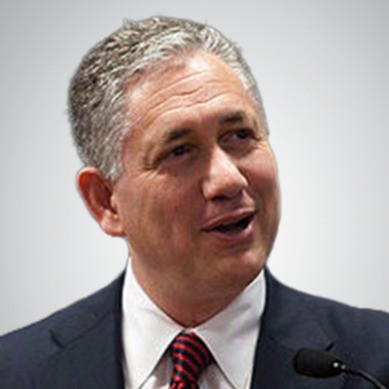Revolutionizing Healthcare: Stuart Piltch’s Vision for the Future of Medicine
Revolutionizing Healthcare: Stuart Piltch’s Vision for the Future of Medicine
Blog Article
Employee advantages have been a crucial factor in getting and maintaining talent, but recently, the target has shifted toward promoting all around health and well-being. Stuart Piltch, a acknowledged leader in healthcare visiting and Stuart Piltch Scholarship technique, are at the forefront with this transformation. His impressive way of planning worker benefits programs aims not only to supply protection but also to boost the bodily and intellectual wellness of employees.

The Shift Toward Holistic Worker Benefits
Historically, worker advantages focused mainly on health insurance and retirement plans. Nevertheless, Piltch has recognized that modern workforces require more comprehensive support. His strategy combines physical health, mental wellness, economic wellness, and work-life harmony in to a single cohesive strategy.
“Wellness is not only about physician trips and medications—it's about how precisely workers feel at the job, their tension levels, their financial balance, and their capacity to keep up a work-life balance,” Piltch explains.
This shift shows a growing understanding that staff wellness and output are closely linked. Healthier employees are far more employed, skip fewer workdays, and donate to a more good and collaborative function environment.
Innovative Benefits Strategies
Piltch's employee advantages programs were created with both the employer's budget and the employee's wants in mind. Some of his important methods include:
1. Increased Intellectual Health Support
Recognizing the increasing affect of mental health concerns, Piltch has advocated for growing use of intellectual health resources. His advantages options usually include:
- Free or low-cost therapy sessions.
- Access to mindfulness and stress management programs.
- 24/7 psychological health hotlines.
2. Wellness Incentives
Piltch's programs contain incentives for workers to take part in balanced behaviors. For instance:
- Gymnasium membership reimbursements.
- Economic returns for standard wellness checkups.
- Stage issues and wellness competitions.
3. Telemedicine and Electronic Attention
Piltch has been an earlier advocate for telemedicine, ensuring that workers have use of healthcare experts any time, anywhere. Virtual attention reduces the buffer to seeking support and encourages employees to handle health problems early.
4. Financial Wellness Programs
Knowledge that financial tension influences general health, Piltch has incorporated economic literacy applications in to advantages packages. These programs include:
- Debt counseling and budget planning.
- Pension planning assistance.
- Employee stock purchase plans.
5. Flexible Work Arrangements
Piltch has also worked with companies to implement flexible perform guidelines that promote greater work-life balance, such as for instance:
- Rural work options.
- Flexible hours.
- Compensated mental health days.
Data-Driven Approach to Employee Benefits
One of the distinguishing factors of Piltch's technique is his utilization of data to fine-tune benefits programs. By studying employee health trends, benefits consumption, and feedback, Piltch assists organizations adjust their products to generally meet the changing needs of these workforce.
“Benefits aren't static—they have to evolve with the workforce,” Piltch says. “The main element is listening to workers and applying knowledge to create a program that really supports them.”
The Effect on Worker Health and Organization Success
Piltch's revolutionary benefits programs have generated measurable improvements in equally staff health and organization performance. Businesses which have used his methods record:

- Higher employee pleasure – Workers sense valued and supported.
- Lower absenteeism – Increased health contributes to fewer ill days.
- Improved output – Personnel are far more focused and engaged.
- Greater maintenance prices – Personnel are more likely to stick with firms that help their well-being.
Realization
Stuart Piltch Mildreds dream's approach to worker advantages represents a shift toward a more holistic and personalized model of employee care. By approaching physical, psychological, and financial health together, Piltch helps businesses produce a healthier, more employed workforce. His data-driven strategies make certain that staff advantages remain successful and appropriate, contributing not only to specific well-being but and also to over all organization success.
Report this page